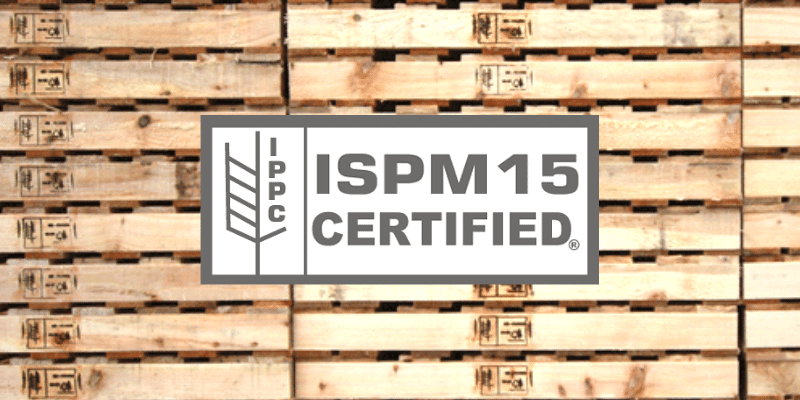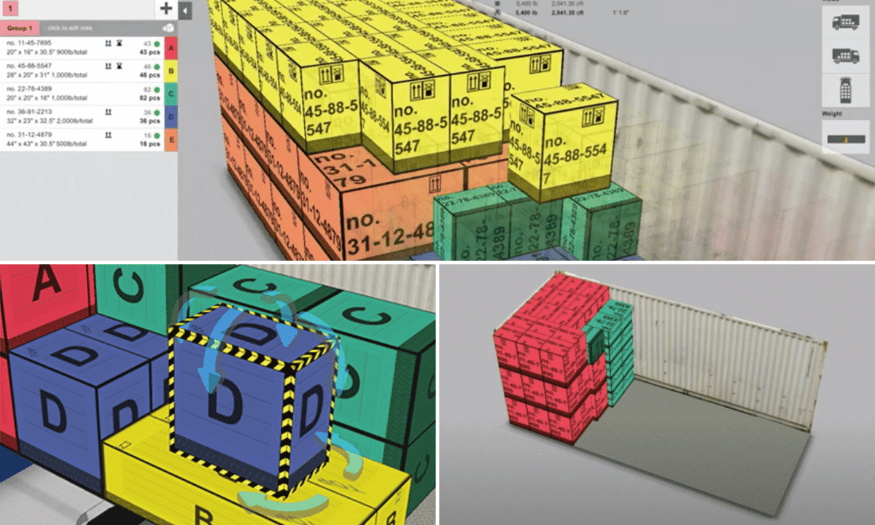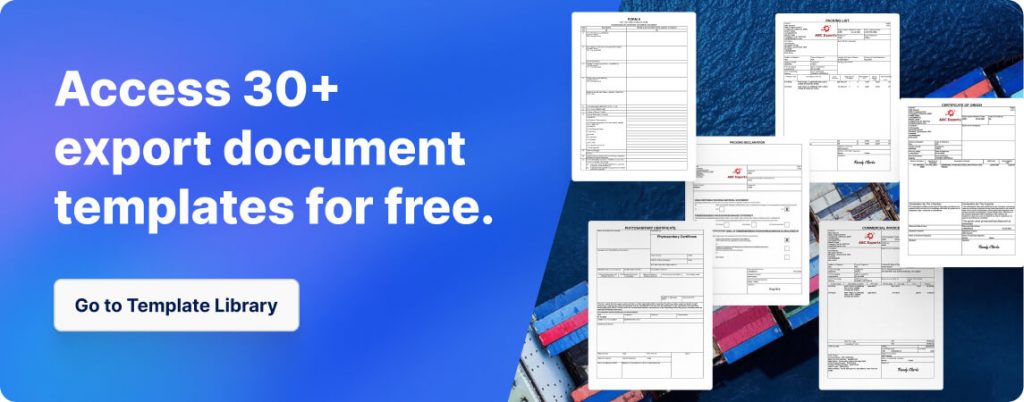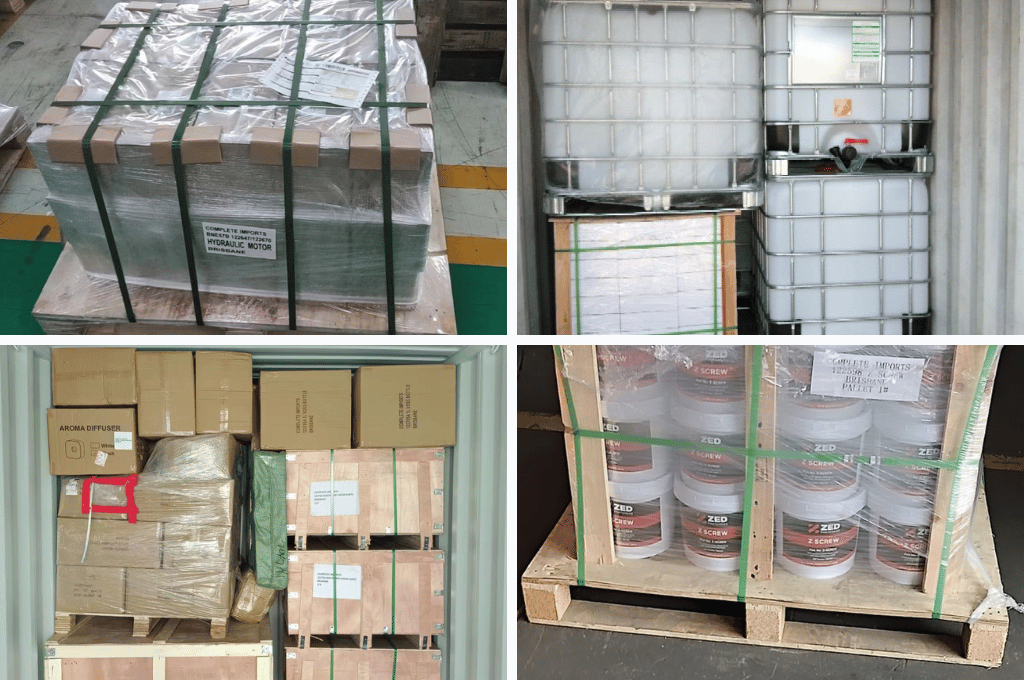Pallets are platforms for shipping goods and storing them. They support goods, making them stable. This prevents damage during transport. Pallets are widely used in logistics. They make handling large quantities of goods easier and safer.
In shipping, pallets are the base for stacking goods. They allow for organized and secure stacking. Forklifts and pallet jacks move them easily. This speeds up loading and unloading. Pallets also help in maximizing space in trucks and warehouses.
Pallets come in different materials. Wood is popular for its strength and cost-effectiveness. Plastic pallets are lightweight and resist moisture and chemicals. Metal pallets, though heavy and expensive, are very durable and ideal for heavy loads.
The choice of pallet affects shipping. Wooden pallets are versatile, good for a range of goods. Plastic pallets are preferred in industries needing hygiene, like food and pharmaceuticals. Metal pallets are chosen for their durability, often used for heavy or high-value items.
Paper pallets are light and eco-friendly, suitable for lighter loads. They are easy to recycle. Wooden pallets are cost-effective and strong, ideal for heavier loads. Plastic pallets are durable and easy to clean, making them perfect for sensitive goods like food. The choice depends on the goods’ weight, the need for cleanliness, and environmental considerations.
Understand the Shipping Method used for Exporting Products
Importers and exporters must understand the type of shipping method used.
There are 4 modes of transport along the International Supply Chain, where shipments can be transported via Sea, Air, Road or Rail. Multiple modes of transport will most likely be used for 1 single shipment to get products delivered to International locations.
Read more about shipping methods and shipping container sizes here.
Standard Pallet Size Dimensions for Exporting

Packaging products onto pallets is the most common form of packaging used when shipping products Internationally. There are various standard ISO pallet size dimensions recognized by the International Organization for Standardization (ISO) used globally, including.
- 1016 x 1219 mm (40″ x 48″) North America
- 1000 x 1200 mm Europe, Asia
- 1067 x 1067 mm (42″ x 42″) Worldwide
- 1100 x 1100 mm (43″ x 43″) Asia
- 800 x 1200 mm Europe
- 1165 x 1165 mm Australia
Pallet ISPM Markings
When exporting shipments, some countries such as Australia and New Zealand, may require that the timber packaging used to be ISPM15 compliant. This is to protect the spread of insects and disease which can be embedded within timber packaging materials.
ISPM15 timber packaging is usually treated and stamped with the ISPM marking. Shippers must then provide a packaging declaration document to include with the other shipping documentation.
Read more about ISPM15 regulations and packaging declaration documentation here.

Different types of pallets
Introduction to Stringer Pallet and Block Pallet
Stringer pallets, built with boards known as stringers, provide support and stability. They are common in North America, ideal for heavy loads. Block pallets, on the other hand, use solid blocks and offer more durability. They allow forklift access from all four sides, making them versatile for different handling situations. Block pallets are often preferred in international shipping due to their robustness.
What are Solid Deck Pallets in Pallet Shipping and Why You Might Need Them?
Solid deck pallets feature a single, unbroken surface. This design makes them ideal for transporting small or fragile items that might fall through gaps in other pallet types. They’re also easier to clean and sanitize, making them suitable for industries like food and pharmaceuticals. Their smooth surface provides stability and protection for the goods, reducing the risk of damage during transit.
Double Face Pallets vs Single Face Pallets – What’s the Difference?
Double face pallets have decks on both the top and bottom, offering more strength and stability. They can be reversible, allowing goods to be stacked on either side, or non-reversible with one stronger side. Single face pallets have only one usable surface, making them more suitable for lighter loads. They are often used in retail settings for display purposes or in situations where the pallet will not be returned.
Types of Packaging: Flat Pallets vs Double Wing Pallets
Flat pallets, the most common type, have a flat top surface and are widely used for a variety of goods. They are compatible with most handling equipment. Double wing pallets have top and bottom decks that extend beyond the stringers or
blocks, providing extra surface area. This design is beneficial for bulky or irregularly shaped items, as it offers additional space and support. Double wing pallets are often used in industries that require the transportation of large or awkwardly shaped products, ensuring stability and safety during transit.
Use Container Loading Software to Maximize the Loading of Shipping Containers
It’s important that buyers and sellers pre-plan how to load shipping containers, to maximize the loading space and reduce shipping & landed costs. Additionally, if packages are not properly or securely loaded inside shipping containers, it increases the risk of costly cargo damage.
Shippers can use container loading software to eliminate manual processes, increase efficiency and reduce shipping costs. Learn more on how to use container loading software to efficiently plan and manage the loading of shipping containers for export.

Packing List Documents for Export Shipments
Once the products have been shipped, the shipper must provide an accurate packing list document that details exactly how products have been packaged for shipment.
The freight forwarder, customs broker or other supply chain partners will use the information contained on the packing list document to correctly identify and transport cargo along the supply chain. It will be used by Customs in the country of export or import to understand exactly how shipments are packaged and loaded.
Packing Lists can be provided in various formats, depending on the packaging used for each shipment. Read more about how to create packing lists for export shipments here. You can explore the IncoDocs shipping documentation template library here, to understand the various types of export documentation that are used in the import export process.

The Future of Moving Shipping Containers Around the World
In recent years, innovations in the shipping industry has given rise to the mass production of collapsible shipping containers.
Collapsible shipping containers can be expanded and folded down when not in use, which dramatically reduces a container’s footprint, allowing multiple containers to be shipped in the space of just one shipping container. These containers decrease transportation costs and increases shipping capacity, reducing the need for additional vessels and voyages.
Read how Australian company Spectainer have produced their Collapsecon container solution, which is leading the way for the import export industry into the future.
FAQ’s on Shipping Pallets
What are the most common pallets used in shipping?
There are several types of pallets used in shipping, these can include solid deck pallets, stringer pallets, block pallets, double-face pallets, four-way pallets, paper pallets, and plastic pallets. The type of pallet chosen can depend on what you’re shipping and your specific shipping needs.
What type of pallet is better, wooden pallet or plastic pallets?
The type of pallet used depends on the specific shipping requirements. Wooden pallets are more traditional and often more readily available. However, plastic pallets can be more durable and resistant to damage.
How does the type of pallet affect the shipping process?
The type of pallet used can greatly affect the shipping process. For instance, four-way pallets allow for easier loading and unloading with a forklift or pallet jack from all sides. The pallet dimensions and sizes are also crucial to considering the freight shipping constraints.
What are the key features of a solid deck pallet?
A solid deck pallet is a type of pallet that features a flat, uninterrupted topdeck. This can provide more stability for the products being shipped, particularly if they have a smaller footprint or could be damaged by gaps between deckboards.
How much weight can a standard shipping pallet hold?
The weight a standard shipping pallet can hold can vary depending on its construction and material. However, typically, wooden shipping pallets can hold up to 1,000-1,500 kgs of weight.
How to choose the right pallet for shipping needs?
Choosing the right pallet for your shipping needs requires considering a few factors. These include what you’re shipping, its weight and size, whether it’s being shipped domestically or internationally, and your overall shipping budget. Typically, it’s best to consult with a shipping or packaging expert to determine the best type of pallet for your needs.







